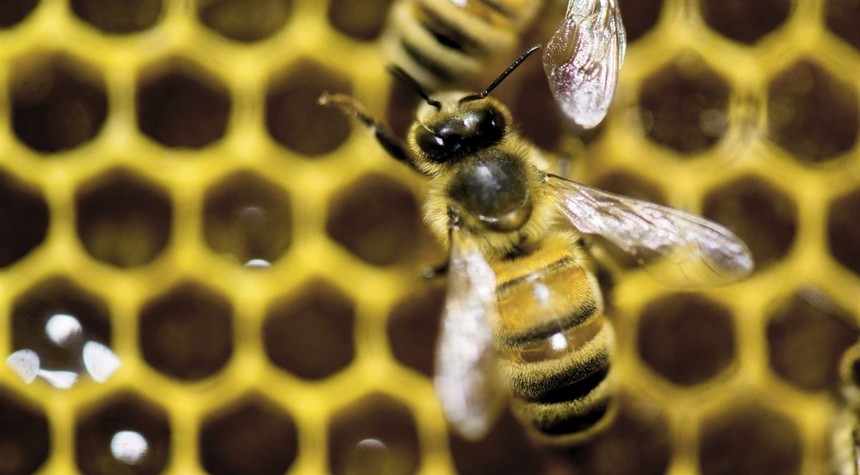These two stories are a bit outside my normal purview. I typically only care about Ag and Ag related topics when they intersect with the climate cult or national security/military. These two – one good news, the other bad – don’t. Let’s start with the good news.
It turns out all the gloom and doom about honeybees is a bunch of hokum. The ‘beepocalypse’ was always fear porn, and a new study proves it.
From the article:
After almost two decades of relentless colony collapse coverage and years of grieving suspiciously clean windshields, we were stunned to run the numbers on the new Census of Agriculture (otherwise known as that wonderful time every five years where the government counts all the llamas): America’s honeybee population has rocketed to an all-time high.
We’ve added almost a million bee colonies in the past five years. We now have 3.8 million, the census shows. Since 2007, the first census after alarming bee die-offs began in 2006, the honeybee has been the fastest-growing livestock segment in the country! And that doesn’t count feral honeybees, which may outnumber their captive cousins several times over.
And while it turns out that while colony collapse is a thing, it’s not the threat that it’s made out to be. It also appears to be cyclical.
I should also point out that other agriculture is the prime driver of the bee resurgence. Bees are used to pollinate several crops, almonds being the largest of them. There’s also an odd thing going on in Texas. There are agricultural property tax breaks for people who keep bees. Since that became law in 2012, Texas went from 1851 bee ‘farms’ to 8939. If you want to know more, check out the WaPo article. It was an eye opener. . .
Now for the bad news. A major egg production facility in Farwell, Texas has halted operations due to an outbreak of Avian flu. From HotAir:
Cal Maine Foods, a national egg producer with locations across the country, has multiple locations in Texas. The Farwell facility reported a positive test for bird flu so it is required by the U.S. Department of Agriculture to depopulate 1.6 million laying hens and 337,000 pullets at the facility in the Texas Panhandle. The hens account for about 3.8% of the company’s flock as of early last month.
“Depopulate”. Yeah. They’re killing and incinerating 1.9 million chickens – pullets are immature hens that haven’t started laying yet. Regardless of the terminology, this is bad news, at least for Texas. Egg production is regional, and this shouldn’t have too much of an effect on egg prices or availability for most of the US as long as the outbreak is limited to this facility.
So far, there has only been 1 human case of bird flu attributed to this particular outbreak. However, there have been several cases related to dairy farming operations across the country. Five human bird flu cases have been recorded in dairy facilities. Eleven dairy herds have had positive tests in Texas, Kansas, Michigan, and New Mexico. There is a presumptive positive test pending results in an Idaho facility.

